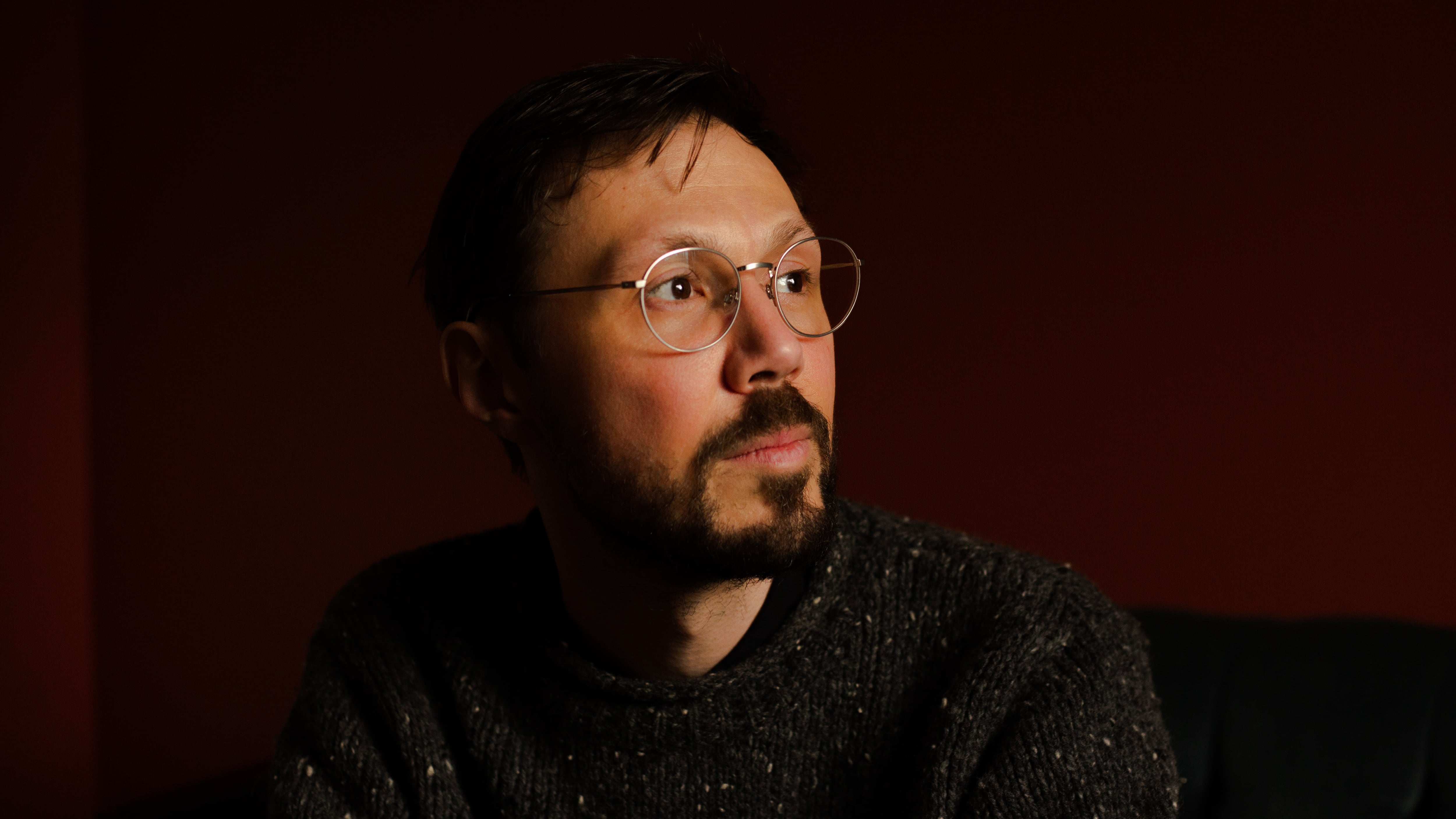Minecraft’s soundtrack is one of many aspects imbued in the memories of the generation the bestselling video game helped raise. Defined by soft, somewhat haunting pianos and echoing chimes and flutes, the ambient soundtrack is among modern gaming’s most recognizable. Minecraft’s latest update, released June 17, includes an expanded soundtrack with Portland musician Amos Roddy contributing six new tracks to the game.
Roddy, 40, has been writing, performing and producing video game soundtracks since he was 29. While a musician since childhood, his interest in creating soundtracks came from looking for a way to combine his loves of music and video games. The latter’s interactive nature appeals most to Roddy.
“I feel like games have this magic; you can make a piece of art and you can directly interact with it in ways no other medium allows you to,” he says.
Across his many soundtracks for indie games like Kingdom, Citizen Sleeper and Cloud Gardens, Roddy developed a memorable style of minimalist, atmospheric music. As it so happens, that style is not too dissimilar from the style of German composer Daniel Rosenfeld—best known by his pseudonym, C418—who created the initial soundtrack for Minecraft.
Mojang Studios, Minecraft’s developer, started commissioning other musicians in 2020, adding Roddy to its roster. “They just emailed me and I was like, oh shit, who gets an email from Minecraft? It’s a neat novelty,” Roddy says. “I think they wanted music that sounded more akin to C418’s original scores. They got a hold of me to do the music that I already kind of write for other games.”
Roddy says Mojang first contacted him in November. By the time his work began in March, he only had three weeks to create the six tracks. Five of them are ambient tracks that play naturally during gameplay, and one is a ravelike song only accessible through an in-game music disk found by the player.
“One of my influences was wanting to keep it simple,” Roddy said. “I think it’s hard to be asked to write music for Minecraft and not want to do something impressive because it’s the biggest game in history. I think the game would be served by having more minimal tracks and, like, restrained tracks.”
Roddy’s tracks, in their restrained nature, certainly bear a resemblance to Minecraft’s original score while still displaying a unique flair. Roddy has developed a process of writing video game scores over the past decade-plus that allows him to be led by instruments rather than preconceived ideas. He starts with a sound and sees where it takes him.
“I don’t really hear music in my head,” Roddy says. “I don’t get ideas, I just react. I sit down and take notes until I find something I like. It feels like following a little thread.”
For Minecraft, he did the same. Given his time constraint most of the songs were created in just a couple of days with little input from Mojang. Roddy started with a piano and attempted to reflect how the game made him feel when he first played it.
“I tried to keep them light and emotive,” he says. “‘What does the sunset feel like?’ That kind of vibe.”
“Tears,” though, was made with a more specific idea in mind.
In Minecraft, players can earn music disks with specific songs on them by killing certain monsters in specific ways. Amos’ track “Tears” is obtained by killing a Ghast, a flying ghostlike creature that shoots fireballs from its mouth. If a player deflects one of these fireballs back at a Ghast, it will drop a music disk upon its defeat. Roddy created the song with the intention of it sounding like Ghasts partying and, per Mojang’s request, attempted to make the track reminiscent of phonk music—a genre of music that mixes trap, jazz and funk.
He intended to utilize the in-game Ghast sound effect (which was originally a modified recording of C418’s cat), but found the original sound effect was too low quality to sample. So he made his own sound effect.
“Everyone is convinced [the original] sound is the basis for the song,” he said. “I couldn’t get it to work because the source sound was too lo-fi and it’s pitched so high that in order to pitch it down into a usable register it would get really artifact and weird, so I ended up using a cello,” Roddy says.
Minecraft, though large in reach, was about the same as any other project for Roddy. He used the same process and same amount of effort he usually exhibits, as his style and consistent quality already fit in with the game. His next project, the soundtrack for an indie game called BALL x PIT, takes his music in a more in-your-face, operatic direction but is still made the same way as his other soundtracks.
“Minecraft is kind of a mainstream parallel to indie games in a musical sense, so it’s pretty similar,” Roddy says. “It’s just me and a studio in our backyard, that’s about it.”

